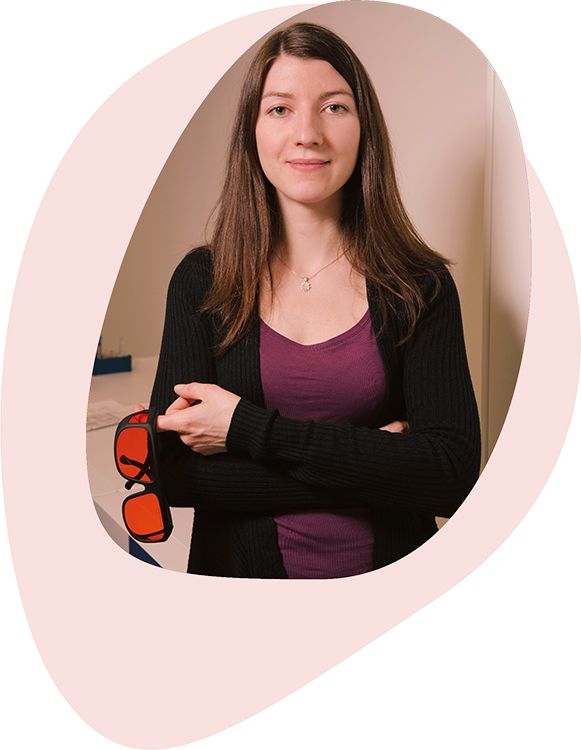

Olga Monago Maraña
Collagen determination in ground meat and poultry by-products by means of Raman spectroscopy
The Norwegian Institute of Food, Fisheries and Aquaculture Research // Tromso, Norway
Q&A Session II // Thursday, October 29 // 1.35 pm – 2.20 pm (CET)

Collagen is the most abundant mammalian and avian fibrous protein. It is predominantly located in the skin (or hide), tendons and bones. In meat, collagen contributes to quality parameters such as tenderness, texture and sensory properties. In addition, bioprocessing of by-products from fish and poultry is a growing industry, and collagen is an interesting target protein for a range of different markets, from food ingredients to cosmetics. Thus, there is a high interest in developing tools for rapid determination of collagen in meat. Due to the inherent heterogeneity of foods, representative sampling is always a crucial factor in food analysis.
In this study, Raman spectroscopy was explored as a scanning approach for representative sampling to be used for on-line determination of collagen in meat. For that, two samples set (i.e. ground beef and ground poultry by-products) were used. Collagen concentrations (measured as hydroxyproline) varied in the ranges 0.1 – 3.3% in the beef samples and 0.4 – 1.5% in the poultry samples. Results obtained from the Raman models were compared with other spectroscopic techniques such us near-infrared and fluorescence spectroscopy. Similar validation results for hydroxyproline were obtained for NIRS (R2 = 0.82 and RMSECV = 0.11%) and Raman (R2 = 0.81 and RMSECV = 0.11%) for the poultry samples. For the beef samples, NIRS obtained slightly less accurate results (R2 = 0.89, RMSECV= 0.25%) compared to Raman (R2 = 0.94, RMSECV= 0.19%), most likely due to less representative sampling. Fluorescence spectroscopy gave higher prediction errors (RMSECV= 0.50 % and 0.13 % for beef and poultry, respectively). In addition, regression vectors obtained from Raman models were easy to interpret, clearly highlighting spectral bands associated with collagen.









